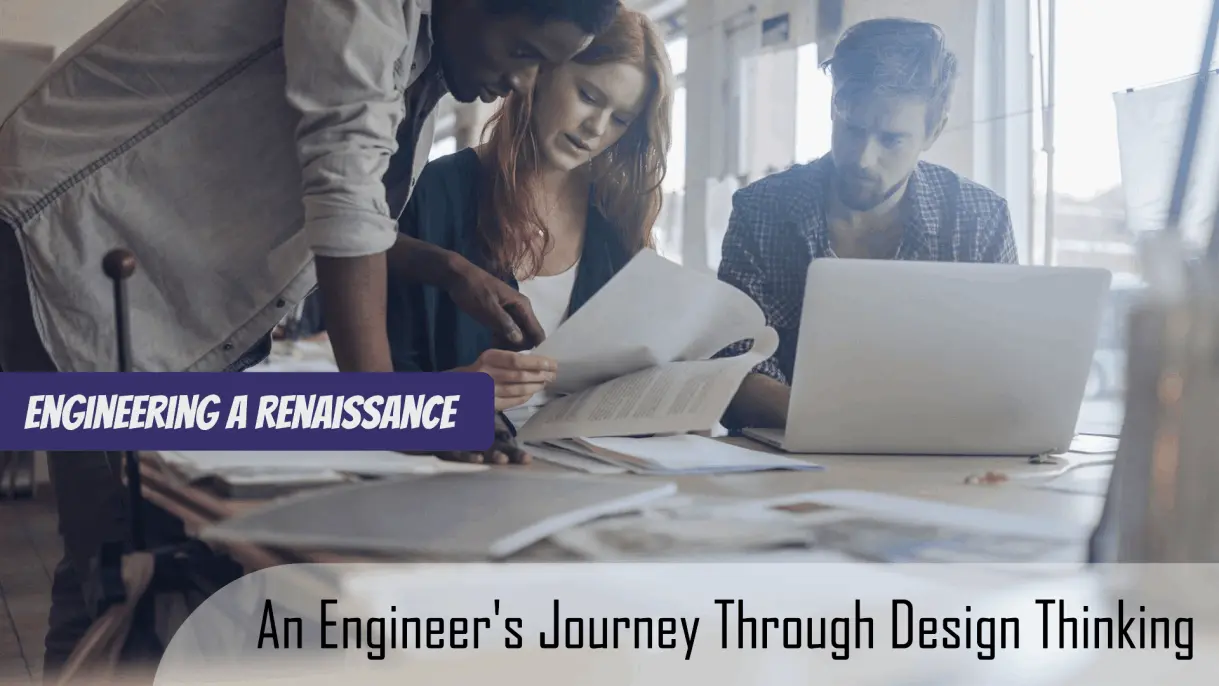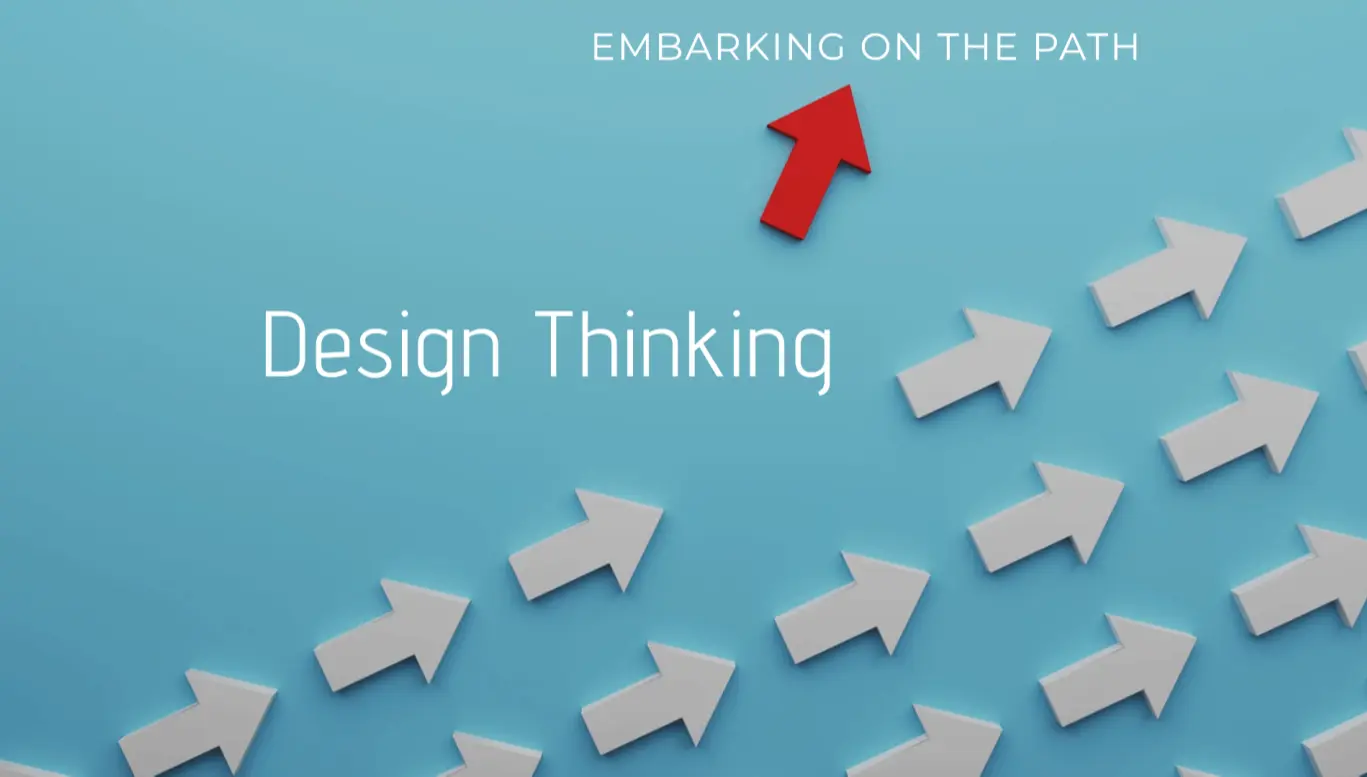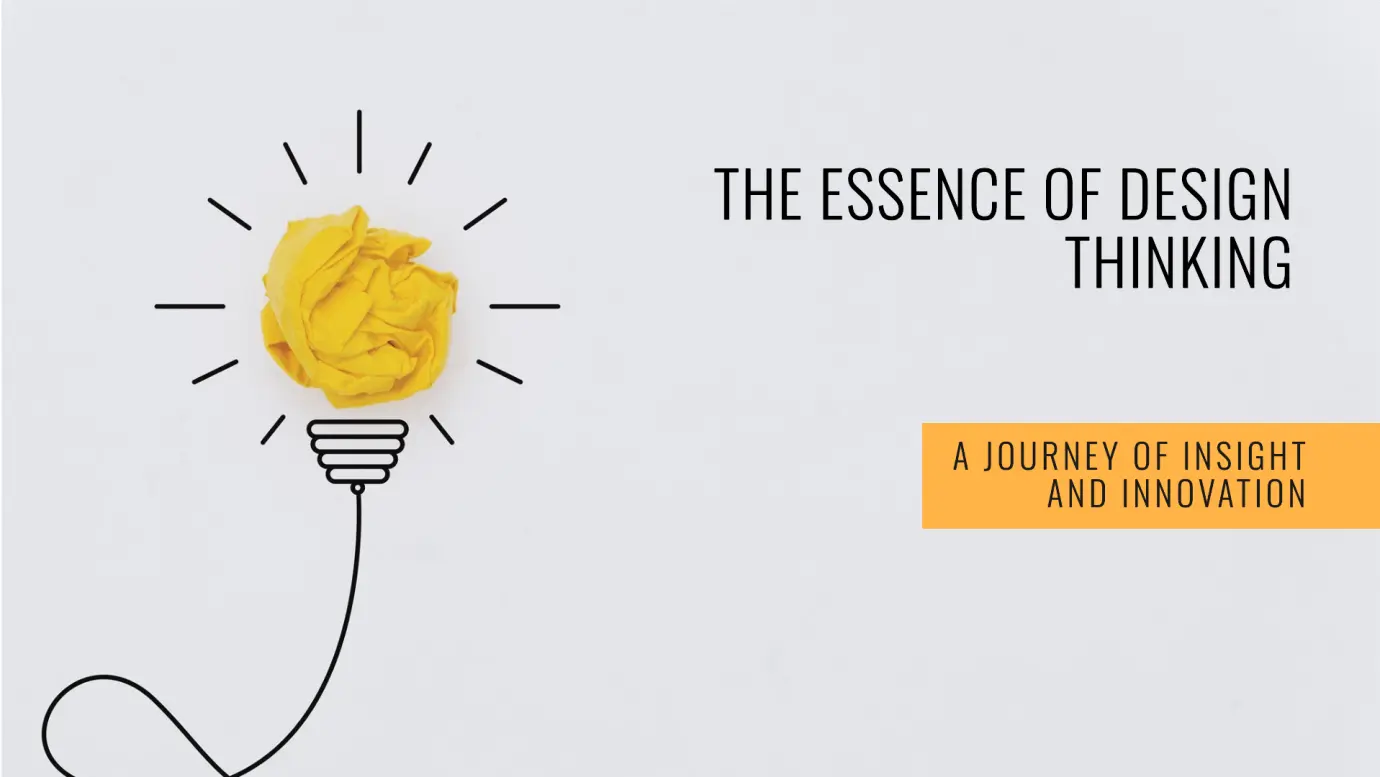Engineering a Renaissance: An Engineer's Journey Through Design Thinking
Author: Firoz SY
✨ "To craft solutions that inspire, we must first listen to the silent whispers of those we aim to help. Let empathy be your compass on the journey of design." ✨
🚀 Unlocking Innovation: The Power of Design Thinking 🚀
📈 In the quest for transformative breakthroughs, Design Thinking transcends being just a roadmap; it’s a paradigm shift. It encourages you to move beyond conventional problem-solving, guiding you to innovate with empathy at the heart of every solution. By embracing this mindset, you unlock the potential to create solutions that resonate deeply and profoundly impact lives.
💡 Design Thinking is more than a process; it’s a transformative approach that challenges us to see beyond the surface, connect deeply with those we serve, and craft solutions with lasting resonance.
🤔 Curious about how this methodology can ignite innovation and transform your approach? Explore how an engineer's journey through Design Thinking can reveal profound insights and drive revolutionary breakthroughs.


